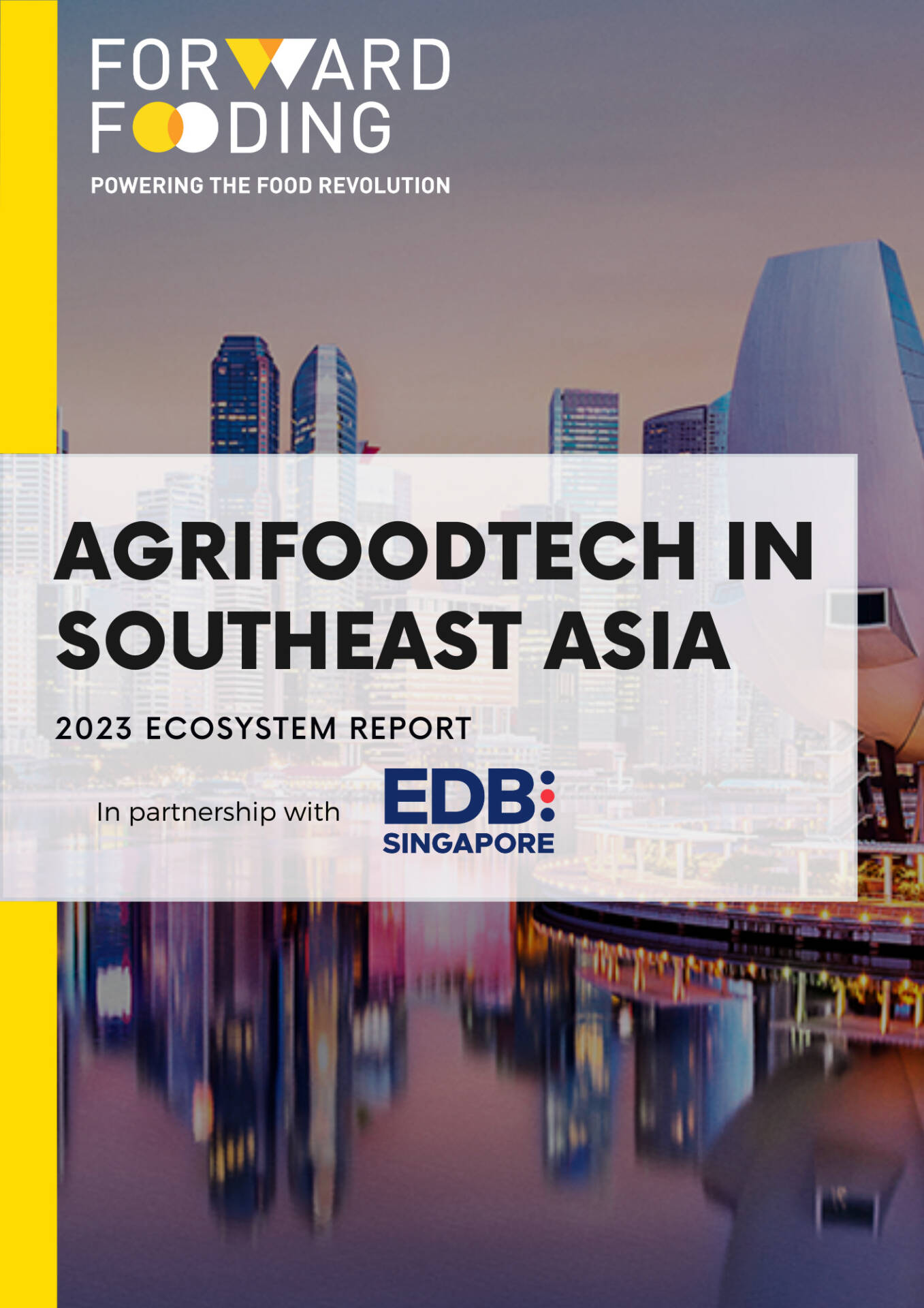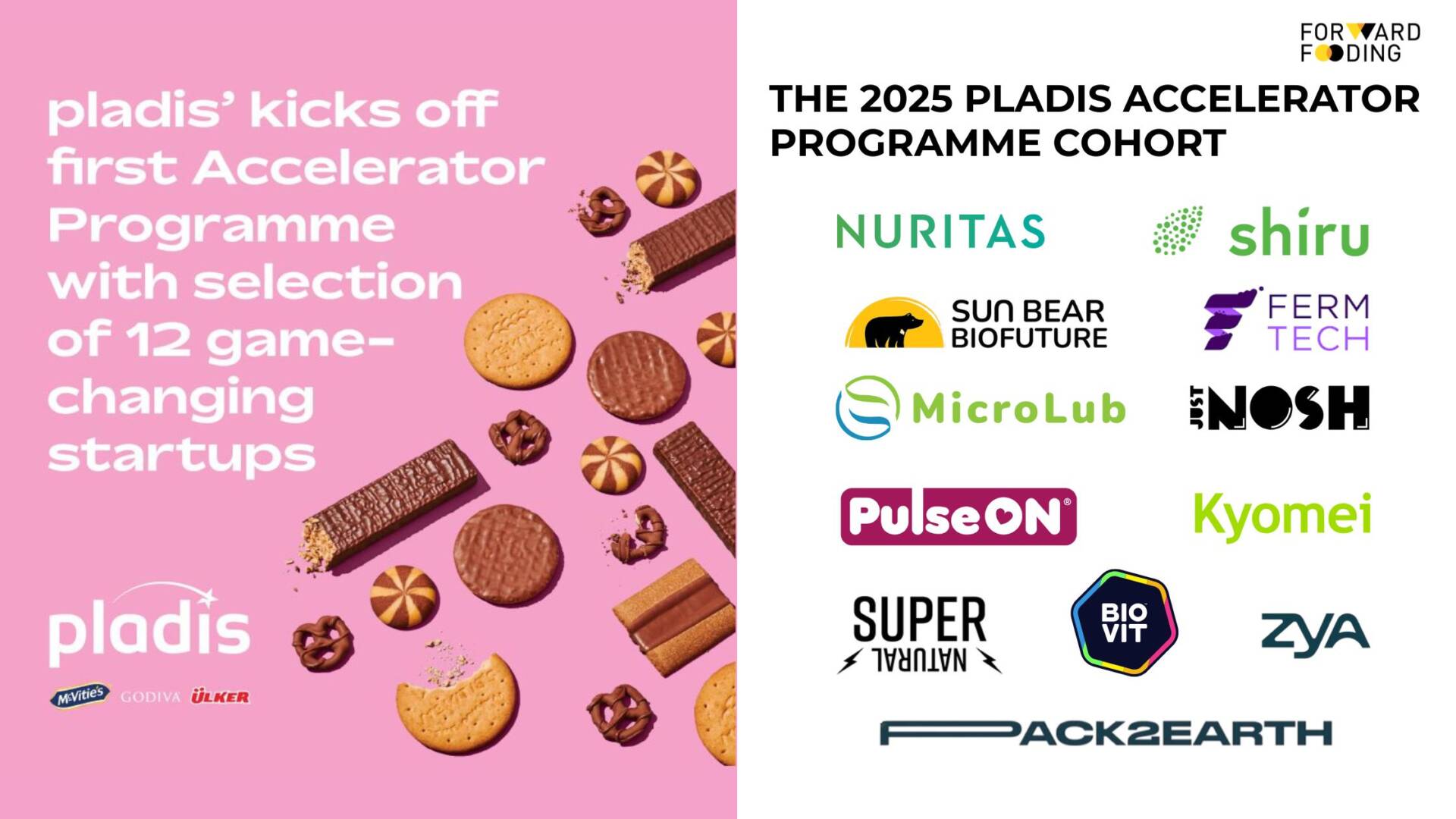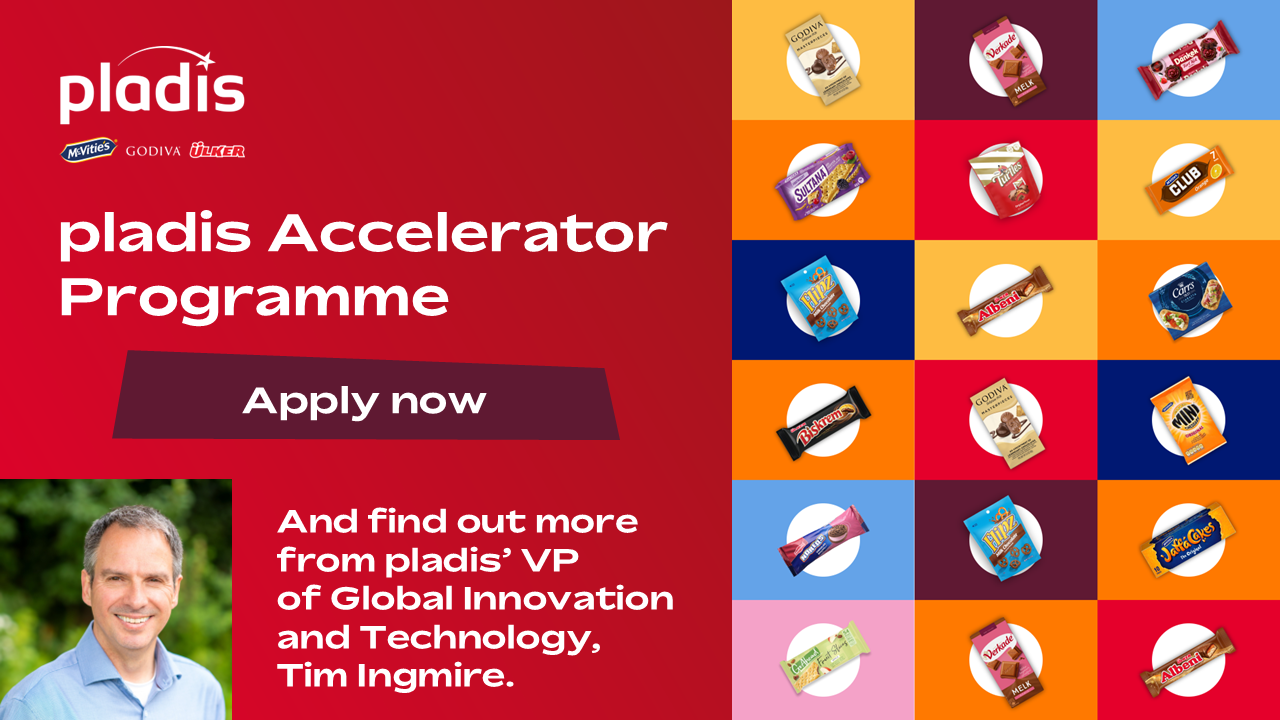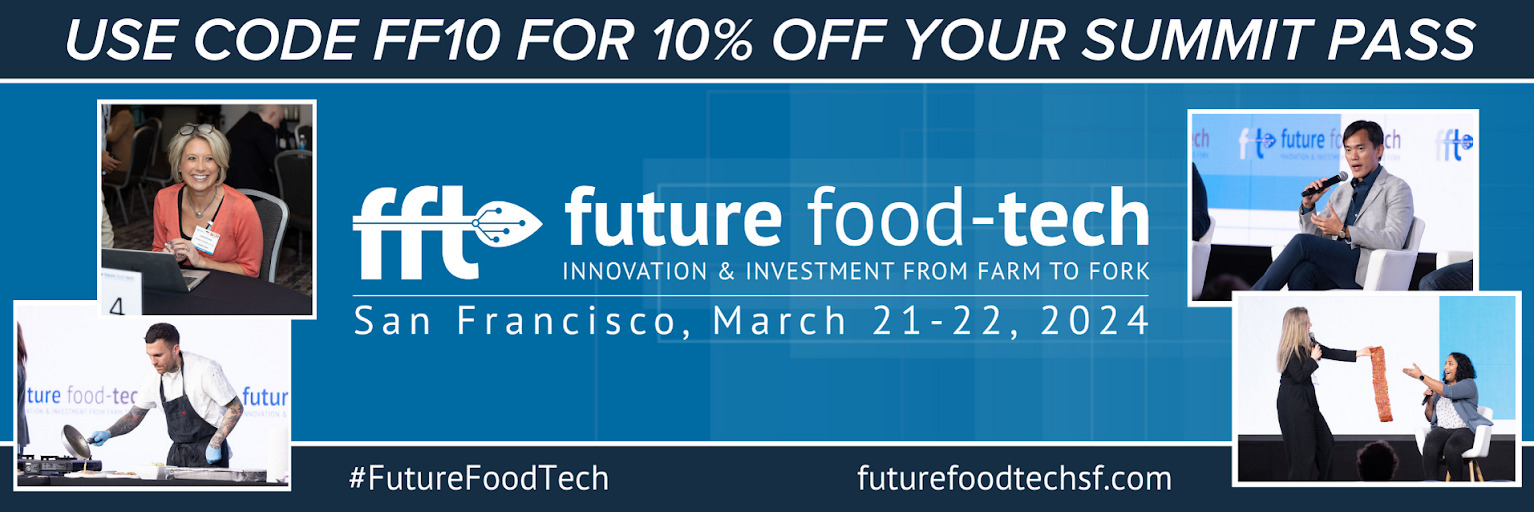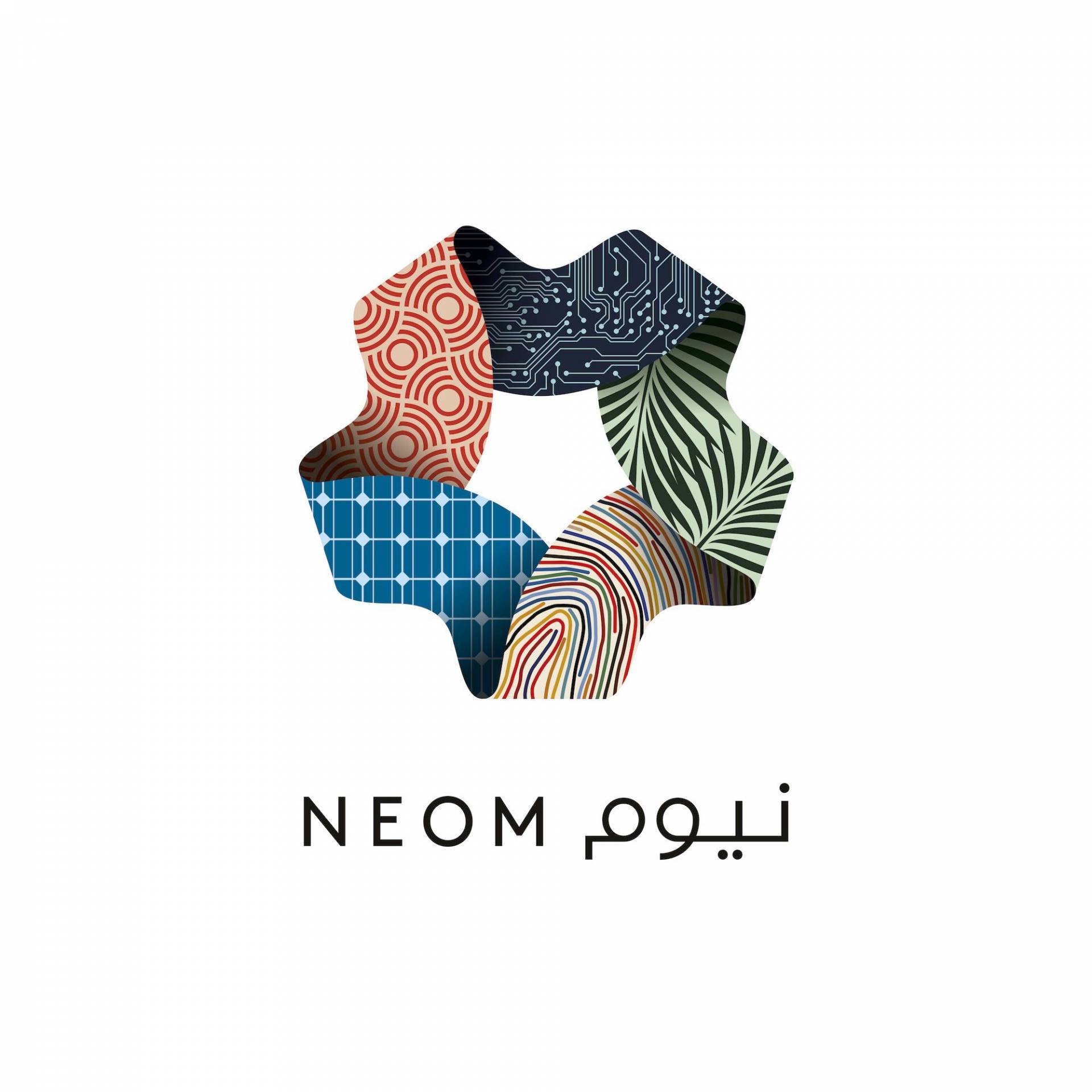FORWARD FOODING
THE BLOG
Food Upcycling: AgriFoodTech’s New Treasure

According to the UN Environment Programme, about 14% of the world’s food is lost from harvest to retail, and approximately 17% is wasted at the consumption level. It is estimated that food waste accounts for 8-10% of GHG emissions. All of this is in the face of about 828 million people facing hunger every day. That’s 1 in every 10 people worldwide.
Food upcycling has emerged as a promising solution to the growing problem that is food waste. The sustainable practice involves repurposing food waste into new, high-quality, and nutritious products or ingredients, rather than allowing it to end up in landfills. This approach not only reduces the environmental burden of waste disposal but also contributes to the creation of a circular economy. In fact, the US Environmental Protection Agency, Department of Agriculture, and Food and Drug Administration included upcycling in its recent strategy draft as a powerful approach to reducing food loss and waste.
To further amplify the messaging and benefits of upcycling, the Upcycled Food Association (UFA) provides a certification framework for upcycled products. It is the world’s only third-party certification program for upcycled food ingredients and products. The Upcycled Certified® Standard sets a bar for the industry and helps consumers prevent food waste with the products they buy. As of writing, the UFA has already certified 92 companies, 317 products, and 164 ingredients worldwide.
Moreover, organizations like Whole Foods Market, Mintel, Specialty Food Association, Fresh Thyme Market, Vegconomist, and FreshDirect also acknowledge that the upcycled food trend will continue in 2024 with increased consumer demand.
The Many Faces of Food Waste
Food waste comes in various forms and sources, each contributing to the staggering amount of discarded food. But through upcycling, some of this waste could be turned into valuable resources before they are left to decay in landfills. Let’s take a quick look at the various sources of food waste:
Agricultural Residues: These are agricultural byproducts generated during the harvesting and processing of crops. They could include stems, leaves, peels, and other plant materials that are not utilized for human consumption or other agricultural purposes. Agricultural residues are rich in bioactive compounds, making them an ideal source for manufacturing biofuels, enzymes, animal feed, antibiotics, and other chemicals.
Food Processing Byproducts: These are waste produced during the processing of agricultural products into value-added food products. It may include pomace, bran, and spent grain, among others. These byproducts can be upcycled into new food products or ingredients like Regrained’s flour made from upcycled brewer’s spent grains and Planetarian’s chips made from upcycled sunflower oilcake.
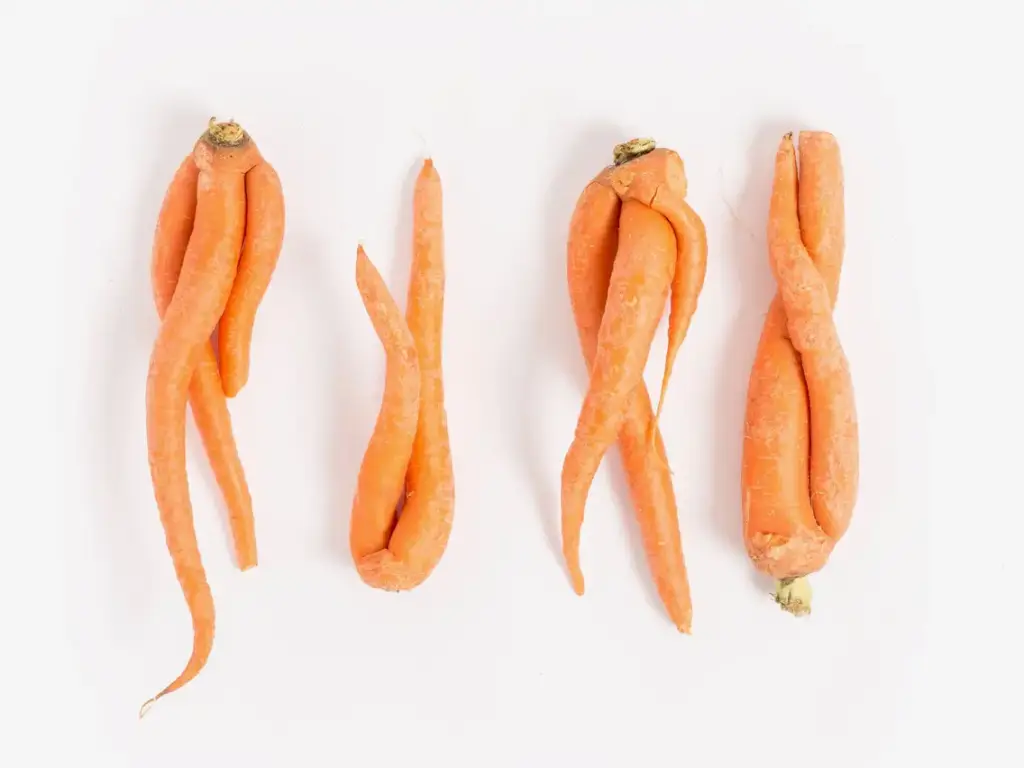
Ugly Produce: This refers to fruits and vegetables that are rejected by retailers because they do not meet cosmetic standards due to irregular shapes, sizes, or blemishes- despite being perfectly delicious and nutritious. Companies, like The Ugly Co, sell these ugly produce as dried upcycled fruits while some, like Misfits Market and Imperfect Foods, rescue these fruits and vegetables by delivering them to consumers at a lower price.
Surplus Food: This refers to an excess in the food supply in farms, storages, supermarkets, restaurants, or households due to overproduction or over-purchasing. It usually happens when the supply, availability, and nutritional requirements of food exceed the demand for it. One example is Toast Ale, which uses surplus bread from bakers to brew beer.
Plate Waste: Edible food directly from one’s plate that’s left uneaten or discarded, which may be due to overly large portions or over-ordering.
The Upcycling Processes
Innovative processes are needed to transform food waste into various valuable products, contributing to a more sustainable and circular approach to managing organic waste. Whether through the use of insects, microbes, or chemical processes, these food upcycling techniques are at the forefront of sustainable solutions. Some of the key techniques include:
- Insect bioconversion involves the use of insects, such as mealworms or black soldier flies, to break down organic waste. These insects consume organic matter, transforming it into nutrient-rich insect biomass, which can be used as a sustainable protein source for animal feed or even for human consumption.
- Microbe fermentation employs microorganisms like bacteria and fungi to break down organic waste, producing valuable byproducts such as antibiotics, pigments, biosurfactants, hydrolytic enzymes, plastics, pesticides, and bioactive compounds. This method is versatile and scalable, with applications ranging from food preservation to industrial processes.
- Extraction techniques involve separating valuable bioactive compounds from food waste using organic solvent, supercritical carbon dioxide, subcritical water, enzymes, ultrasounds, or microwaves. This can be applied to various types of food waste, including fruits, vegetables, and grains. Extracted nutrients can then be used in the creation of nutritional supplements, functional ingredients, or even as natural flavorings and colorings in the food industry.
- Hydrolysis is a process that involves adding water to the food waste material to break it down into its constituent parts, such as sugars, acids, and other compounds. Some examples of products that can be created from food waste through hydrolysis include protein hydrolysates, which can be used in plant-based meat and dairy analogs.
- Pyrolysis is a thermochemical process that involves the decomposition of organic materials at high temperatures in the absence of oxygen. This process can be used to convert food waste into biochar, a type of charcoal that can be used to improve soil health and retain nutrients in the soil.
Companies Driving Change in the Sector
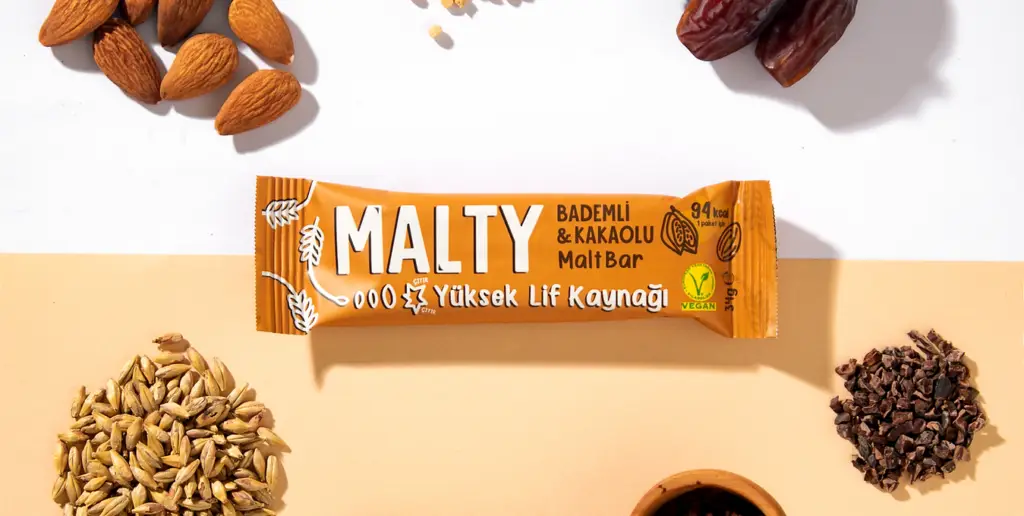
In recent years, the dynamic landscape of food upcycling has witnessed a surge in innovation. According to recent industry data from our FoodTech Data Navigator, 247 AgTech startups are leading the charge in utilizing upcycled ingredients, repurposing food surplus, and driving advancements in waste efficiency. These startups represent a transformative force in the agriculture and food industries, collectively working towards a more sustainable and circular approach to resource management.
The substantial impact of these companies’ initiatives is reflected not only in their innovative approaches but also in the significant financial backing they have received. Since 2013, the food upcycling sector has secured a total funding of €7.3 billion, underlining the growing recognition and support from investors. Moreover, the sector’s Compound Annual Growth Rate (CAGR) of 12.9% between 2019 and 2023 underscores the robust trajectory of food upcycling, emphasizing its steady growth and increasing influence in addressing the pressing challenges of food waste on a global scale.
One of the companies driving change through food upcycling is Gaia Tech, a Switzerland-based startup that has emerged from an innovative research project at ETH Zurich. It offers a new approach to upcycling food processing and agricultural production sidestreams into clean-label ingredients for cosmetics, food, and feed manufacturers.
Gaia Tech recently secured CHF 480’000 in a pre-seed round, raising its total funding to US$3.7M. Some of the investors include SICTIC business angels, Venture Kick, Switzerland Innovation (Tech4Impact), MassChallenge, AU21 Capital, and Shima Capital. The investment will allow the company to start pilot production and establish pilots with leading industry partners.
Spain-based company MOA FoodTech uses biotechnology and artificial intelligence to transform byproducts from the agrifood industry into an alternative source of protein with high nutritional value while employing significantly fewer resources. It has raised a total of US$2.06M since its inception in 2020.
Biotech company Circular Fiber, based in Italy, uses its cutting-edge, sustainable technology to convert artichoke byproducts into high-quality Karshof flour that can be used as an ingredient for various food products. The company was among seven startups that received funding from the Terra Next Accelerator program, an investment it will use to continue its mission of extracting and processing waste materials and promoting eco-conscious and nutritious ingredients.
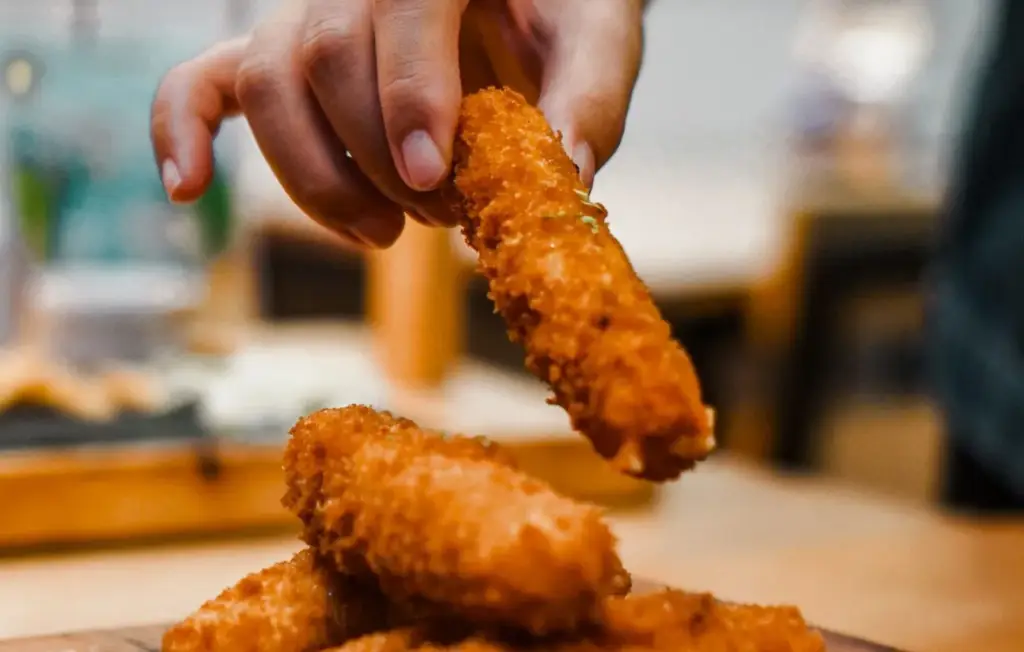
Meanwhile, SuperGround is a Finnish industrial partner for global food production companies, offering a novel food processing technology that refines undervalued bones and hard tissues from fish and poultry into sustainable, tasty, and profitable products. The company gathered undisclosed seed funding in 2022 from angel investors for R&D purposes. (Stay tuned for our upcoming deep-dive with Superground)
Turkey-based FoodTech company Malty Foods produces malt-based healthy snacks made from upcycled ingredients, demonstrating the company’s commitment to sustainability and environmental impact. The company has successfully raised a total funding of US$134K over one round from three investors, which will enable it to expand its product offerings and reach a wider audience.
Kern Tec is an Austria-based upcycling and food tech company that develops sustainable ingredients and ready-to-use solutions for the food & beverage industry as well as for cosmetic and industrial applications. Its products include milk alternatives, nougat spreads, seeds, oil, protein powders, and more, all created from rescued fruit pits from apricots, cherries, and plums.
The company has secured a total of US$15.44M in funding, with the most recent funding of US$12.8M raised last September. Investors include the European Innovation Council, PeakBridge, Telos Impact, EIC Accelerator, and EIT Food RisingFoodStars.
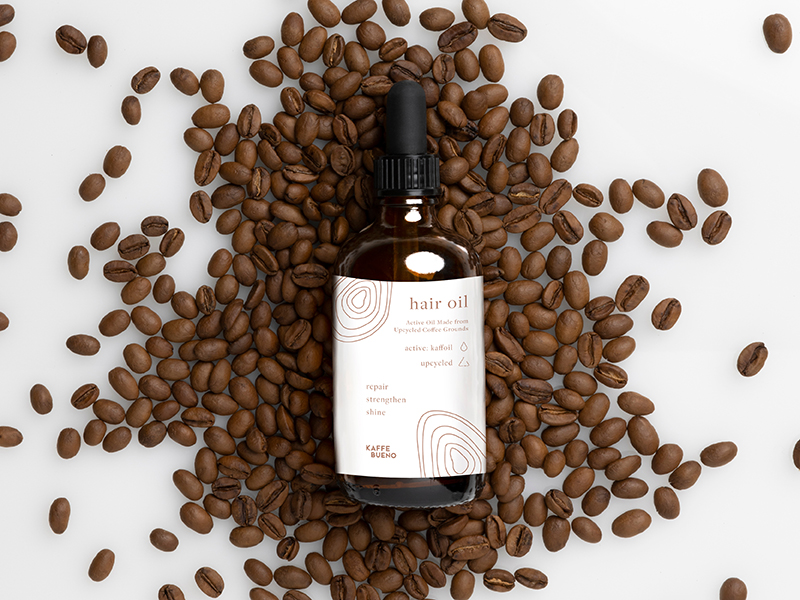
Danish bioscience company Kaffe Bueno upcycles coffee by-products into active and functional ingredients for personal care, nutraceuticals, and functional food and beverage. Its flagship product, the KAFFOIL®, is a valuable ingredient in cosmetic formulations produced through an eco-friendly process. Kaffe Bueno is also a Certified B Corporation, meeting rigorous standards of social and environmental performance, accountability, and transparency.
The company has raised a total of US$5.3M in funding, with Borregaard & Partners recently investing an additional EUR 6.2M to construct a biorefinery that could help scale production and bring new, sustainable products to the market.
UK-based FoodTech company Black Cow Vodka is known for its unique and innovative approach to crafting vodka: using leftover whey from the cheese-making process. Its product is the world’s first Pure Milk Vodka and it has even won a gold medal at the San Francisco World Spirit Competition in 2015.
Food upcycling also offers sustainable solutions to the world of fashion. One company leveraging the potential of food upcycling is London-based Ananas Anam. It produces a leather alternative (Piñatex) and fiber (Piñayarn) from pineapple leaf fibers, a by-product of the pineapple harvest. These sustainable textiles are used in various industries, including fashion, automotive, footwear, and interiors.
Other companies in the space include Arda Biomaterials, which upcycles spent grain into sustainable leather, Circular Systems, which transforms waste into yarn, fabrics, and high-value natural fiber, and WasteTea, which produces plant-based leather alternatives from tea waste.
Food waste can also be an excellent feed source in processes of fermentation or insect bioconversion.
UK-based company Better Origin is utilizing insect bioconversion. It upcycles food waste by using black soldier fly larvae to produce nutrient-rich insect products for animal feed, waste management, and emissions mitigation. In its recent funding, led by Balderton Capital, the company was able to secure US$16M, bringing its total to US$19M since its foundation in 2015.
Future Opportunities of Food Upcycling
Increased circularity in our food system could offer a promising solution to cut food waste. Even more so when coupled with emerging technologies like artificial intelligence (AI) and machine learning. These advanced technologies could play a vital role in waste management systems, where they can help extract valuable nutrients and materials from food waste that could be turned into new valuable products.
As we navigate the complex landscape of modern agriculture and consumption patterns, it becomes evident that food upcycling holds the key to addressing multiple challenges while unlocking a myriad of advantages for our environment, economy, and society at large.
Find out more about this FoodTech sector through our Food Data Navigator and book a demo today.
Follow us
Sponsored Articles
9 July 2025
Forward Fooding celebrates the selection of 12 pioneering startups for the inaugural pladis Accelerator Programme. From water lily popcorn to sugar-converting enzymes, these innovations represent the future of snacking, addressing obesity, sustainability, and personalized nutrition through cutting-edge food technology.
21 March 2025
Tim Ingmire, VP of Global Innovation & Technology at pladis, discusses how the snacking giant is supporting early-stage startups in foodtech, health, and sustainability through their accelerator program. Learn about their focus on personalized nutrition, functional foods, and future ingredients to bring innovative, delicious products to consumers worldwide.
8 February 2024
Future Food-Tech returns to San Francisco on March 21-22 Over 1,700 food-tech leaders, from CPG brands, retailers, ingredient providers, [...]
1 February 2023
The 4th edition of FoodTech 500 is taking off and we are excited to partner with NEOM for the third consecutive year to support the best international AgriFoodTech entrepreneurs.
10 February 2022
One of the elements we enjoy the most here at Forward Fooding about working with AgriFoodTech startups is being [...]
